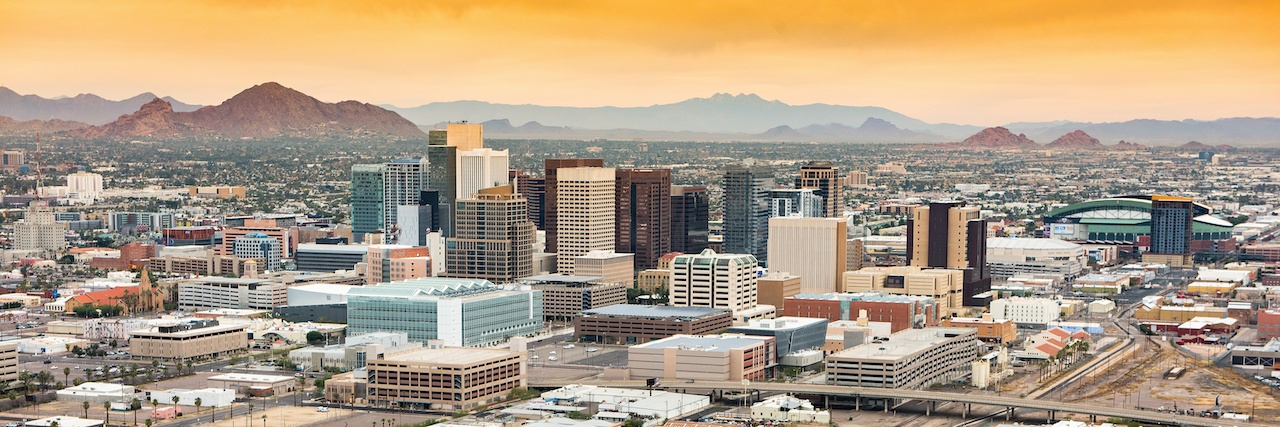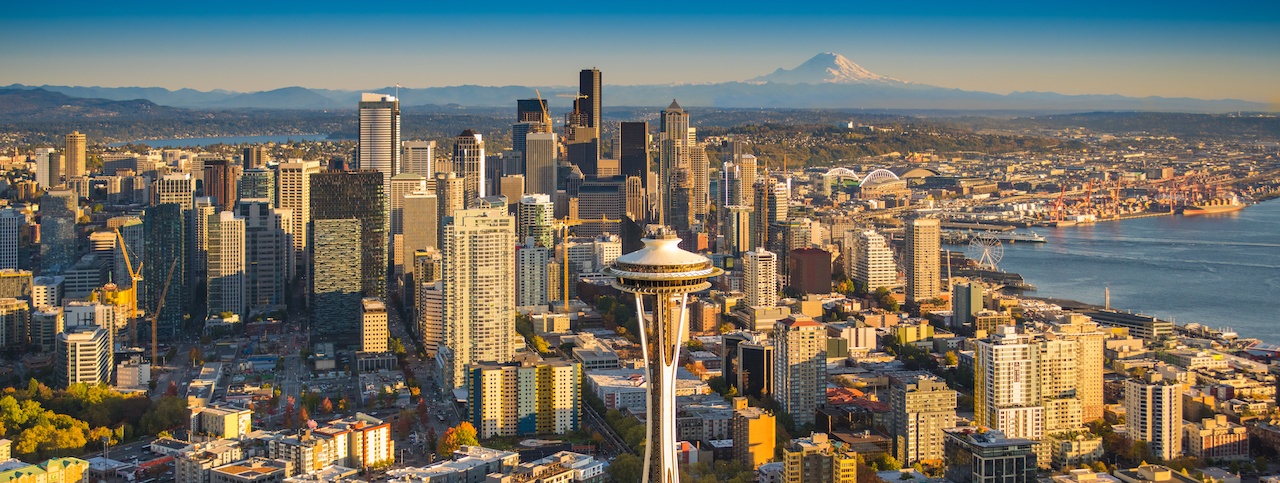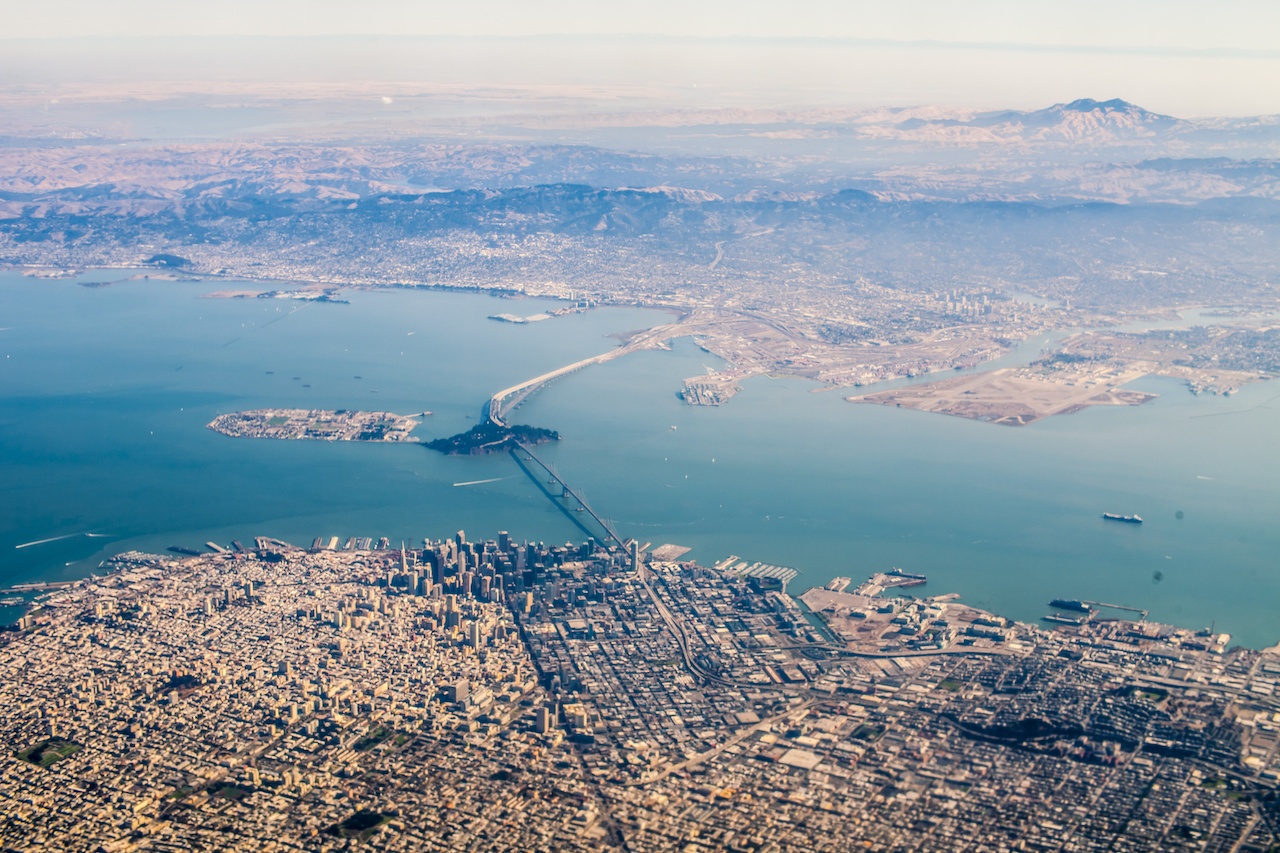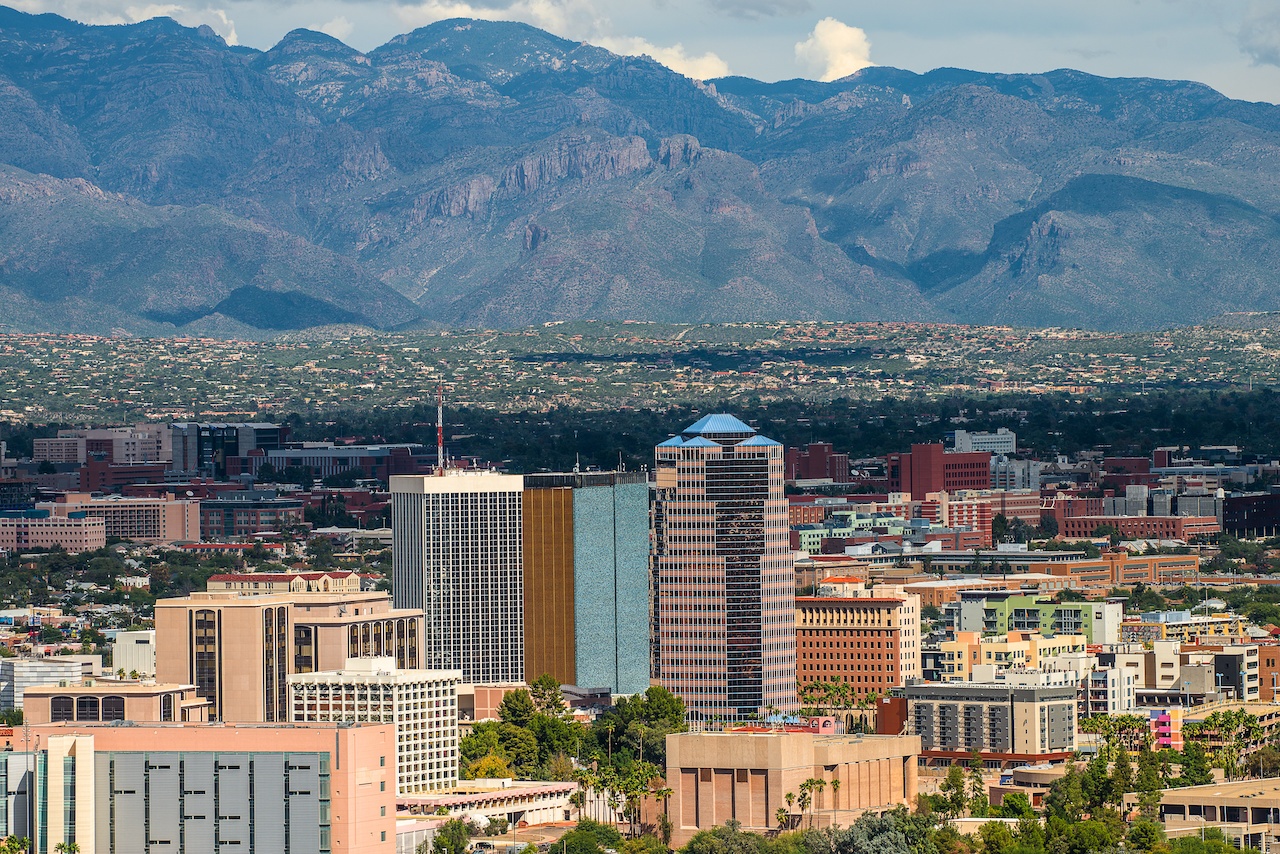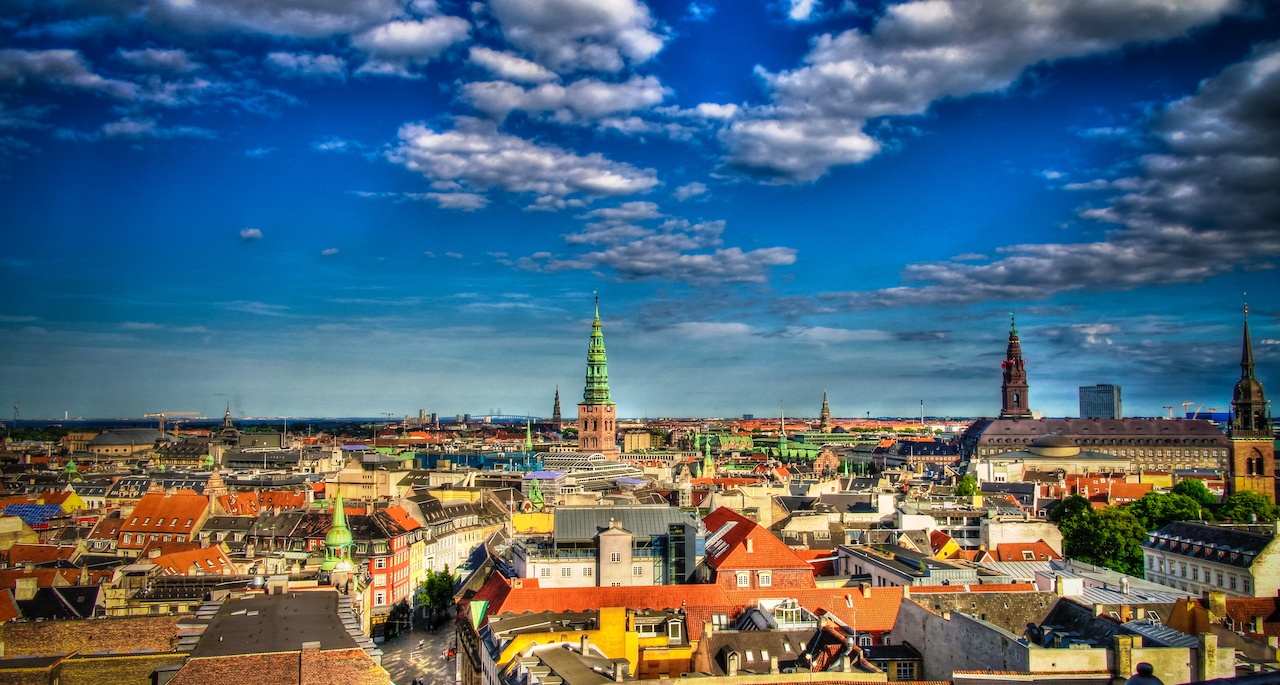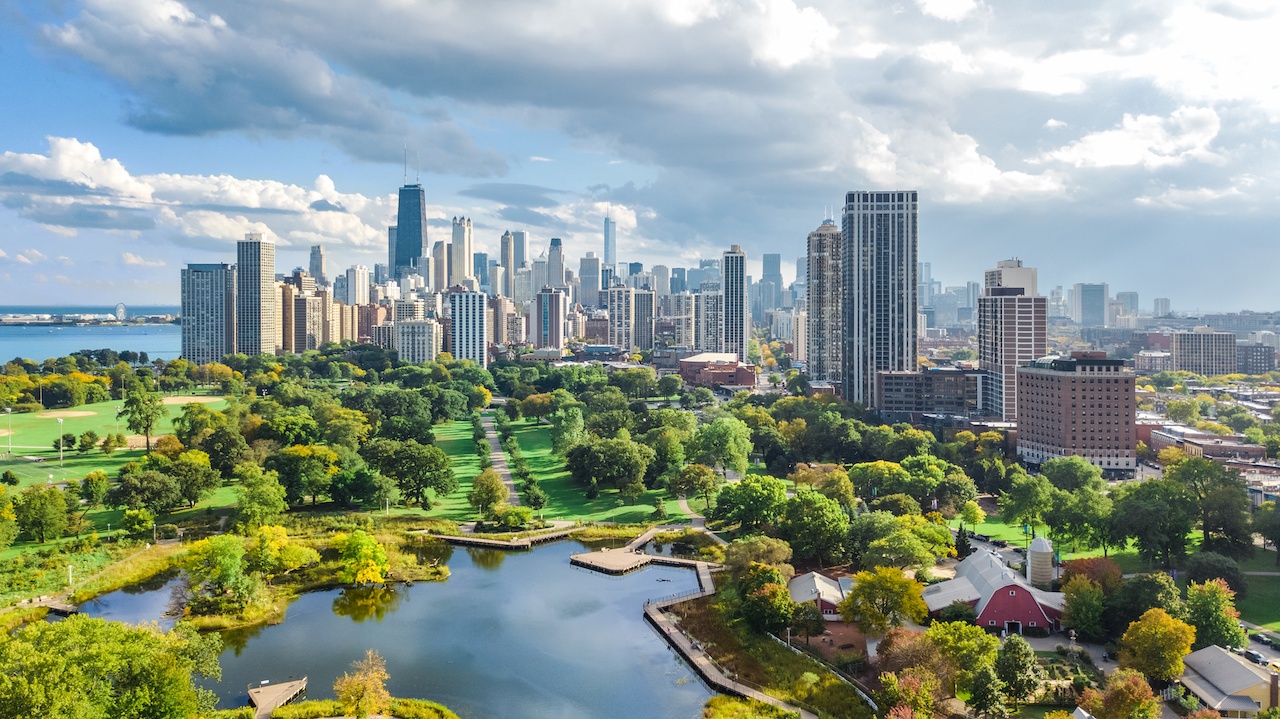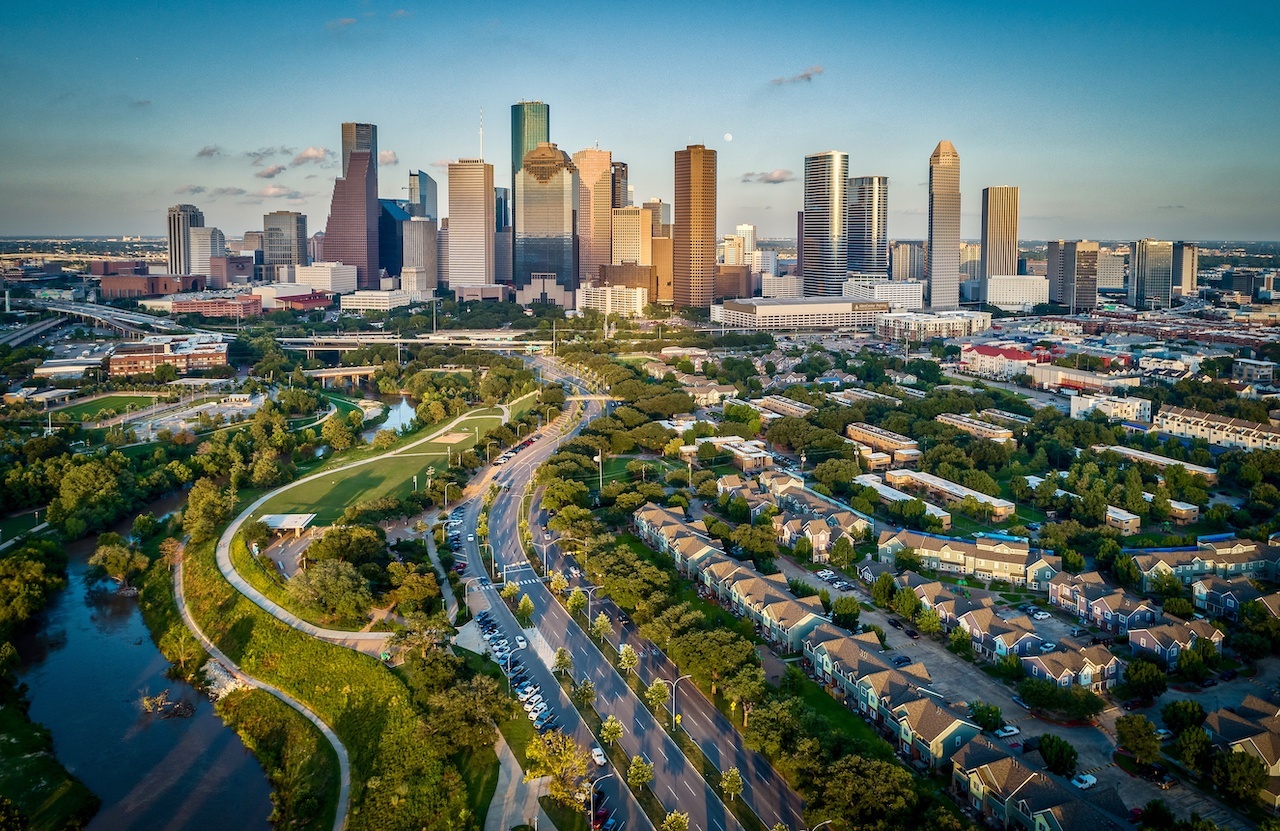Environment
A broad category of content focused on environmental topics in cities.
Examples: climate change, natural disasters, sea level rise, climate adaptation, climate mitigation.
Rethinking Coastal Property in an Era of Climate Change
The country has provided hundreds of billions of dollars to recover from recent coastal storms but done little to rethink the existing policies and programs that contribute to coastal property losses, or to define new measures that account for the new realities of more damaging storms and rising sea levels.
A key first step toward smarter policies is to improve disclosure of risk associated with coastal properties. This will require better mapping of areas at risk of both storms and rising seas. National standards are needed for disclosure of coastal flood risk prior to sale. Lenders and supporting agencies need to evaluate and disclose coastal flood risk.
The Link Between Climate Change & Water
When thinking about conserving water, we should also be focusing on how more efficient water use correlates with energy savings. Studies show that when households participate in water savings programs, they also conserve energy and reduce strain on the power grid during peak demand periods while saving consumers money on their utility bills.
Water utilities can also dramatically increase their energy efficiency and reduce overall energy usage by adopting locally based solutions. For many municipal governments, drinking water and wastewater treatment plants are typically the largest energy consumers, often accounting for 30 to 40 percent of total energy consumed. Overall, drinking water and wastewater systems account for approximately two percent of energy use in the United States, adding over 45 million tons of greenhouse gases annually.
Using Data to Reduce Public Health Risk
Addressing the impact of heat on health is well-aligned with MCDPH’s vision and mission “to make healthy lives possible” by protecting and promoting the health and well-being of MC residents and visitors. The climate has significant impacts on our community’s health. Through extensive surveillance and community surveys, we have demonstrated the importance of local public health data to increase buy-in from new and existing partners and obtain funding to address this significant public health issue. We encourage other health departments to consider the power of data and collaboration as they seek methods for protecting the public’s health from a changing climate.
Our Cleanest Cities and their Zero Carbon Progress
In the face of our climate crisis, most of these cities have ambitious plans to become carbon neutral with zero net greenhouse gas (GHG) emissions. These cities plan to generate all electricity with renewables. At the same time that wind and solar power are being massively deployed, buildings and people are becoming more efficient, requiring less electricity.
Getting to 100 percent renewable electricity, however, does not cut even half of a city’s GHG emissions. Buildings typically use natural gas (methane) for heating, cooling, hot water, and cooking. Vehicles spew emissions by burning gasoline, diesel, natural gas, and other fossil fuels. To take advantage of renewable electricity, buildings and transportation will need to be all electric and efficient.
The Power of Data from Urban Air Quality Monitoring Networks
Improved understanding about local air quality can support significant policy changes and targeted incentives, including electric fleet conversions for particular transit routes, the provision of emission-control technologies or alternative routes for heavy duty trucks, targeted fuel-switching efforts for home heating in heavily impacted communities, or the enactment of new regulations for specific industrial operations. We can also use data about localized air pollution exposures to study health outcomes under specific environmental conditions. With the wealth of these new, localized data on air quality, supported by low-cost sensor technology, we can design the policies and deploy clean energy strategies that truly empower local communities and protect public health.
Landscape Solutions for Smart, Healthy, Resilient Cities
Landscape architects have long been designing for these multiple benefits, and their broad training and systems thinking makes them well-equipped to tackle new challenges brought on by a changing climate, increasing urbanization, and growing inequity. Cities are landscapes and should be planned and designed using a landscape approach; one that considers the larger systems and flows of water, energy, waste, species, and people and how they are nested at various scales. The landscape approach results in distinct multi-functional spaces that are so well resolved that the design intricacies may not be apparent at first glance. These landscapes respond to their context to facilitate connections, transitions, circulation, and views, in addition to addressing key project goals.
The Care of Forested Natural Areas in American Cities
Municipal governments and local partner organizations are the primary governing bodies responsible for improving greenspaces in cities. But unlike other public lands, they do not have formal oversight, protection, research or guidance for their care. In comparison to rural forests, urban conservation strategies are developing — often with limited data and resources to understand basic information like where they are, their condition, and how they are changing. In cities, this responsibility has been left up to local institutions and governing bodies.
As our world becomes more urban, local forests will play a primary role in conservation education and nature connection for millions of people nationwide. Ensuring healthy forests in cities is not just an important mandate for individual cities but should be considered a national priority.
The Future of Cities
Ordered city geometry that is built today is meaningless for energy cycles. Resilient networks contain inherent diversity and redundancy, with optimal cooperation among their subsystems, yet they avoid optimization (maximum efficiency) for any single process. They require continuous input of energy in order to function, with energy cycles running simultaneously on many different scales.
Short-term urban fixes only wish to perpetuate the extractive model of cities, not to correct its underlying long-term fragility!
A Research Toolkit for Building the Ultimate Urban Forest
As communities and municipalities around America are grappling with extreme weather events, it is even more vital to incorporate smart urban tree canopy and green infrastructure planning into all resiliency and climate change planning. Assessing your community’s current green infrastructure assets and deficits provides immediate information for maximizing your quality of living but also sets out the road map for how prepared your community may be for extreme weather events – from flooding to hurricanes to drought. Take advantage of the Vibrant Cities Lab site and any of the tools in this urban forestry “starter pack” or wade in by reaching out to the experts at the USDA Forest Service.
Transit and Climate Adaptation = Transit and Equity
The importance of this assessment is to provide information and data that can be used in creating effective policy that impacts transit access for those that are vulnerable during storm events. A vulnerability assessment can be undertaken by combining storm surge and extreme rainfall projections with transit availability characteristics to assess geographic vulnerability in regards to transit access and equity.
Key Findings from Climate Adaptation Report
At the request of Kresge, a leading philanthropy focused on adaptation in the US, I joined with Dr. Susi Moser with Susanne Moser Research and Consulting and Aleka Seville at the time with Four Twenty Seven Inc. to conduct interviews and surveys with almost 100 leaders representing the public, private, and NGO/civic sectors and academia, covering a wide range of adaptation-related expertise and perspectives.
Key Lessons Learned in the Quest to Re-green Chicago
The data we have gathered about trees in this region are powerful, but are mostly meaningful because they are in fine enough in detail to be applicable at a local scale. We spent our first few years gathering data so we could identify solutions based on need and not speculation.



